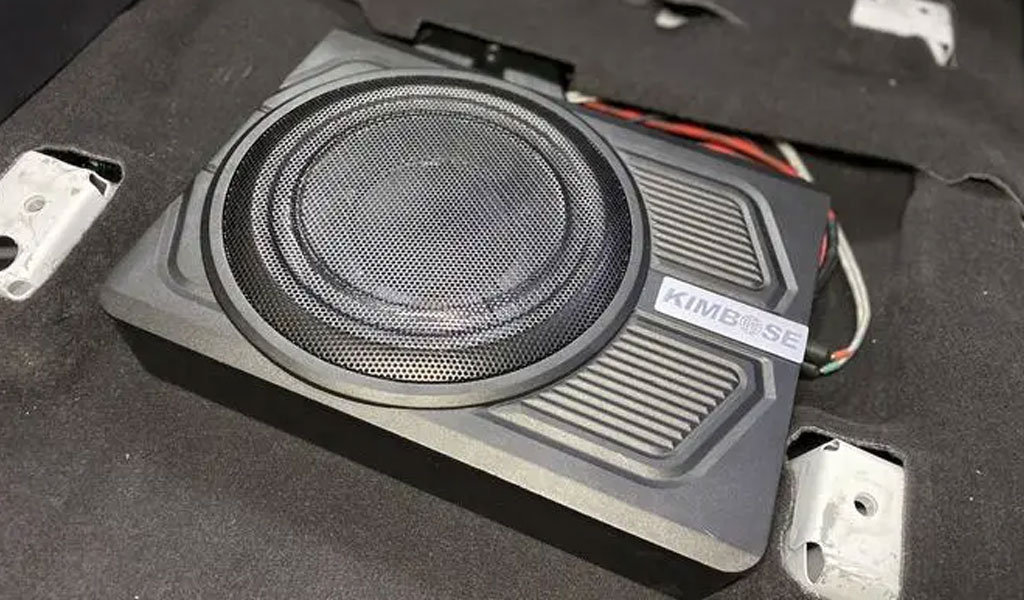
Crane Aerospace & Electronics manufactures many aerospace systems and components including DC power units. Tasked with developing a subsystem for a commercial airliner, Crane’s engineers had to meet the following requirements: Design a power supply that could operate vertically or horizontally. Traditional power supplies only work well in one direction. Mainly because heat sinks tend to dissipate heat more efficiently in only one direction. Crane’s engineers brainstormed a power-scheme design using six different heatsinks. Unfortunately, the client’s R&D schedule did not allow Crane engineers to prototype and test.
The Solution Of Six Heatsink Simulation Jobs Quickly Using Simultaneous CFD
Crane engineers used the 3D thermal simulation software FloTHERM to evaluate different design alternatives and performed two simulations for each alternative, one horizontal and one vertical. FloTHERM was used mainly because it can be modeled quickly and can easily change boundary conditions, environmental conditions and gravity directions. Crane engineers used FloTHERM to simulate the power supply with six different heat sinks at various altitudes and temperatures.
Six different radiator solutions were compared and an optimal radiator solution was determined, avoiding the need for prototyping
The Result Of Six Heatsink Simulation Jobs Quickly Using Simultaneous CFD
Simulation results show that a heatsink that combines a board and a bracket can provide adequate heat dissipation in both directions. Afterwards, the engineers searched for the optimal stent length again with the help of software. Notably, FloTHERM simulation (graph) software can help engineers quickly determine design options






